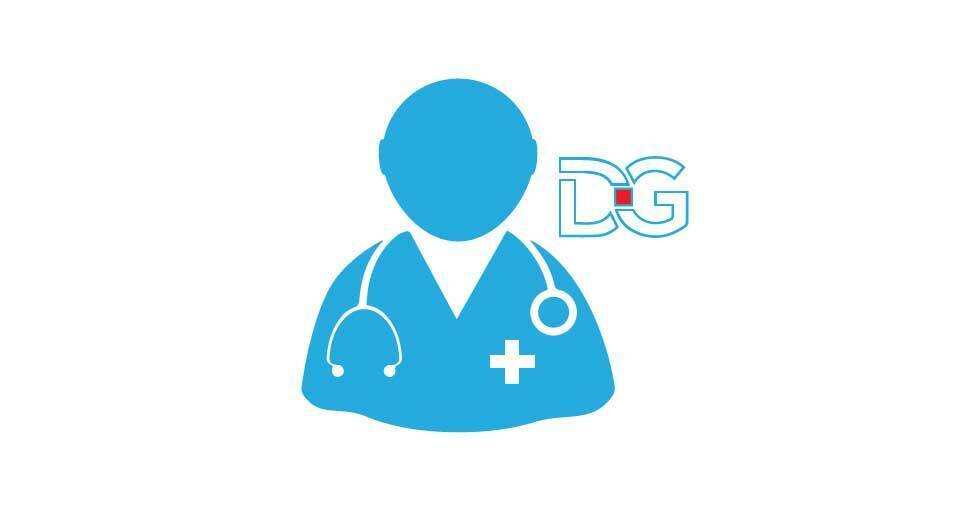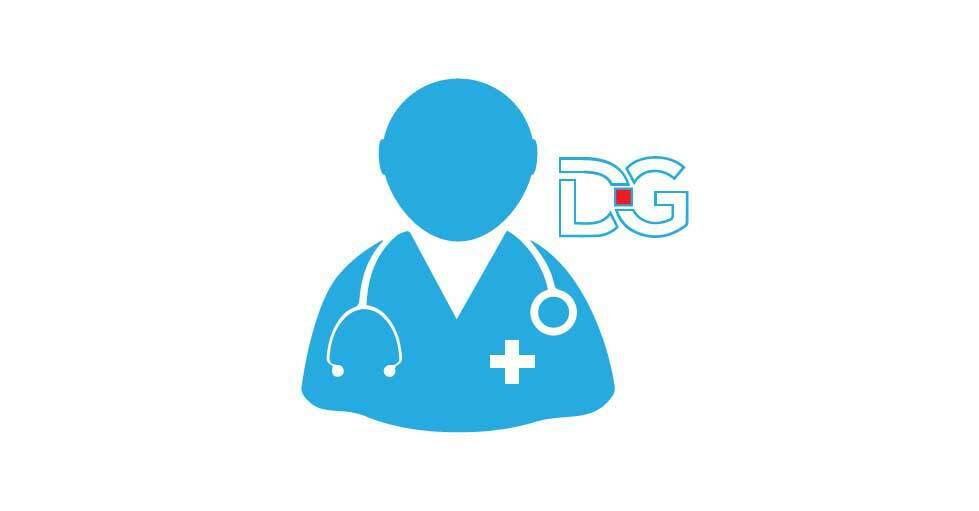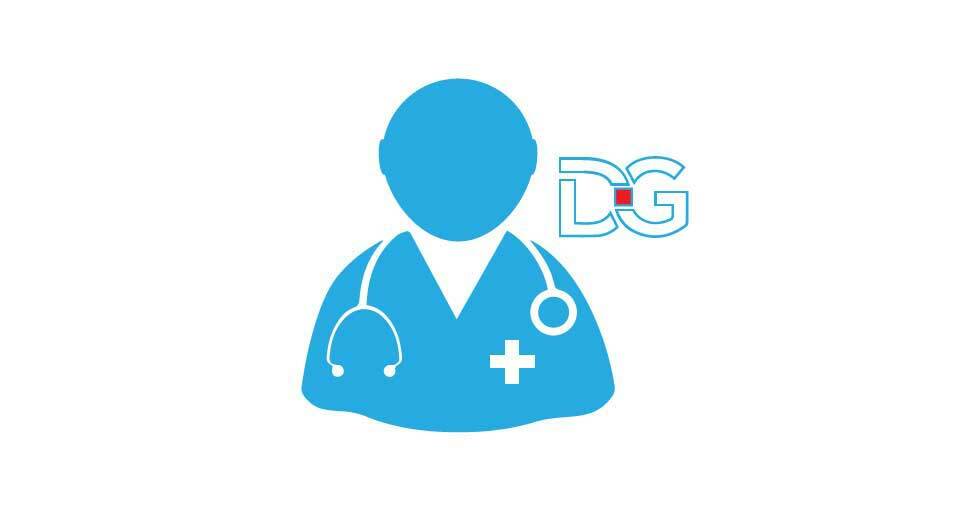If you are searching for a 30 Days Keto Diet plan for weight loss and making a healthy body, you may follow our 30 days Keto Diet plan.
If you find yourself dreaming about dieting or weight loss, you’re likely to learn about the ketogenic, or keto diet. That’s because the keto diet has become one of the most common strategies in the world to minimize excess weight and improve health. Research has shown that following this low-carb, high-fat diet can encourage fat loss and even boost some conditions, such as type 2 diabetes and cognitive decline. This article discusses 30 days Keto diet plan, what to eat and avoid while on a keto diet, and includes a one-week keto meal plan to get you started.
Facing Health Issues? Book an Appointment for a specialist from your nearby area.
Contents
Ketogenic Diet Basics Plan
As general, the keto diet is very low in carbohydrates, high in fat, and mild in protein. Carbs are usually limited to 20 to 50 grams a day following a ketogenic diet, but there are looser variations of the diet. Fats should replace the majority of carbs cut and provide around 75% of your total calorie intake. Proteins are required to account for around 10-30% of energy needs, while carbs are typically limited to 5%.
This carb reduction causes the body to rely on fats as its main source of energy instead of glucose—a process known as ketosis. In ketosis, the body uses ketones—molecules formed in the liver from fats when glucose levels are limited—as an alternative source of fuel. While fat is frequently avoided due to its high-calorie content, evidence indicates that ketogenic diets are substantially more successful in promoting weight loss than low-fat diets. Plus, keto diets decrease appetite and improve satiety, which may be especially beneficial when attempting to lose weight (5Trusted Source).
SUMMARY
The ketogenic diet is based on a very low-carb regimen. Carbs are usually reduced to 20-50 grams a day, often supplemented by fat and moderate quantities of protein.
Ketogenic Diet Meal Plan
Switching to a ketogenic diet can seem daunting, but it doesn’t have to be difficult. Your attention should be on reducing carbohydrates while increasing the fat and protein content of food and snacks. Carbs must be limited in order to enter and stay in a state of ketosis. While some people can only reach ketosis by eating 20 grams of carbohydrate a day, others may have a much higher carbohydrate intake.
Generally, the lower your consumption of carbohydrates, the easier it is to enter and remain in ketosis. That’s why sticking to keto-friendly foods and eliminating carbohydrate-rich products is the easiest way to effectively lose weight on a ketogenic diet.
Foods to Eat in keto diet
Foods and snacks should be focused on the following foods when following a ketogenic diet:
- Eggs: pastured, organic whole eggs are the perfect option.
- Poultry: chickens and turkeys.
- Fatty fish: wild salmon, herring, and mackerel.
- Meat: Grass-fed beef, venison, pork, organic meat, and bison.
- Full-fat milk: yogurt, butter, and cream.
- Full-bodied cheese: cheddar, mozzarella, brie, goat cheese, and cream cheese.
- Nuts and seeds: macadamia nuts, almonds, walnuts, pumpkin seeds, peanuts, and linseeds.
- Nut butter: natural peanut butter, almond butter, and cashew butter.
- Good fat: coconut oil, olive oil, avocado oil, coconut butter, and sesame oil.
- Avocados: You can add whole avocados to almost every meal or snack.
- Non-starchy vegetables: greens, broccoli, onions, mushrooms, peppers.
- Salt, pepper, vinegar, lemon juice, new herbs, and spices.
Foods to Avoid in the keto diet
Stop foods that are high in carbohydrates when adopting a keto diet.
The following foods should be limited:
- Bread and baked goods: white bread, whole-wheat bread, crackers, biscuits, doughnuts, and rolls.
- Sugar, ice cream, candy, maple syrup, agave syrup, and coconut sugar.
- Sweet beverages: soda, juice, sweetened teas, and sports drinks.
- Pasta: pasta, noodles.
- Grains and grain products: maize, rice, oats, cereals, and tortillas.
- Starchy vegetables: cabbage, sweet potatoes, butternut squash, maize, peas, and pumpkin.
- Beans and vegetables: black beans, chickpeas, lentils, and kidney beans.
- Fruits: oranges, apples, bananas, and pineapple.
- High-carb sauces: barbecue sauce, sweet salad dressings, and dip sauces.
- Certain alcoholic beverages: beer and sweet blended drinks.
While carbs should be restricted, low-glycemic fruits such as berries can be enjoyed in limited quantities as long as you maintain a keto-friendly macronutrient range. Make sure you use safe food sources and get rid of refined foods and unsanitary fats.
The following should be avoided:
- Unhealthy fats: Margarine, shortening oils, and vegetable oils such as canola and corn oil.
- Processed food: fast food, frozen food, and processed meat such as hot dogs and meat for lunch.
- Diet food: food containing artificial colors, preservatives, and sweeteners such as sugar alcohols and aspartame.
Keto-Friendly Drinks
Sugar can be used in a wide range of beverages, including juice, soda, iced tea, and coffee drinks. When using a ketogenic diet, high-carb beverages must be avoided much like high-carb foods. It’s no small matter that sugary drinks have also been related to multiple health issues—from obesity to an increased risk of diabetes.
Luckily, there are a number of delicious, sugar-free alternatives for those on the keto diet. Keto-friendly drink options include:
- Water: Water is the best option for hydration and should be consumed during the day.
- Sparkling water: Sparkling water will make an excellent substitute for soda.
- Unsweetened Coffee: try some heavy cream to add spice to your cup of joe.
- Unsweetened green tea: green tea is delicious and has many health benefits.
If you want to add a little extra spice to your water, consider playing with different keto-friendly flavor combinations. For example, tossing some fresh mint and lemon peel into your bottle of water will make hydration a breeze. While alcohol should be limited, enjoying a low-carbon drink like vodka or tequila mixed with soda water is fine on occasion.
SUMMARY
Safe ketogenic diets should be focused on high-fat, low-carb food options, and should exclude highly processed foods and unsanitary fats. Keto-friendly beverage choices must be free of sugar. Consider water, sparkling water, and unsweetened green tea and coffee.
30 Days Keto diet plan
The menu below contains fewer than 50 grams of total carbs per day. As described above, some people will need to reduce carbohydrates further in order to achieve ketosis.
This is a general one-week ketogenic menu that can be changed based on individual dietary needs. Repeat this keto diet plan 4 weeks to loose your weight.
Monday
- Breakfast: Two eggs, fried in pastured butter, served with sautéed greens.
- Lunch: a bunless, grass-fed burger topped with cheese, mushrooms, and avocado on top of a green bed.
- Dinner: Pork chops and green beans sautéed with coconut oil.
Tuesday
- Breakfast: omelet with mushrooms.
- Lunch: Tuna salad with celery and tomato on top of a green bed.
- Dinner: roast chicken with cream sauce and sautéed broccoli.
Wednesday
- Breakfast: Bell peppers stuffed with cheese and eggs.
- Lunch: arugula salad with hard-boiled eggs, ham, avocado, and blue cheese.
- Dinner: Grilled salmon with spinach sautéed in coconut oil.
Thursday
- Breakfast: Full-bodied yogurt topped with Keto granola.
- Lunch: steak bowl of cauliflower rice, cheese, spices, avocado, and salsa.
- Dinner: Bison steak with broccoli cheesy.
Friday
- Breakfast: baked egg avocado vessels.
- Lunch: Caesar and chicken salad.
- Dinner: Pork chops and vegetables.
Saturday
- Breakfast: toast of cauliflower topped with cheese and avocado.
- Lunch: Bunless hamburgers served with pesto.
- Dinner: meatballs with zucchini noodles and parmesan cheese.
Sunday
- Breakfast: Chia coconut milk pudding served with coconut and walnuts.
- Lunch: Cobb salad made with vegetables, hard-boiled eggs, avocado, cheese, and turkey.
- Dinner: chicken curry coconut.
As you can see, ketogenic foods can be varied and tasty. While many ketogenic diets are focused on animal products, there is a wide range of vegetarian choices to choose from. If you’re adopting a more liberal ketogenic diet, adding a cup of berries to your breakfast or a small serving of starchy vegetables to your dinner will increase the number of carbs in this meal plan.
SUMMARY
Like every balanced diet, a ketogenic meal plan can contain whole grains and many fiber-rich, low-carb vegetables. Choose healthy fats such as coconut oil, avocado, olive oil, and pastured butter to increase the fat content of the dishes.
Conclusion
A balanced ketogenic diet should be around 75 percent fat, 10-30 percent protein, and not more than 5 percent or 20-50 grams of carbohydrate per day. Focus on high-fat, low-carb foods such as eggs, poultry, dairy and low-carb vegetables, as well as sugar-free beverages. Be sure to restrict highly processed foods and unsanitary fats.
The success of the ketogenic diet has made it easier than ever to find a wide variety of fascinating and nutritious keto food ideas online. Using this article as a guide to beginning a keto diet will set you up for success and allow a fast transition to a high-fat, low-carb diet.



